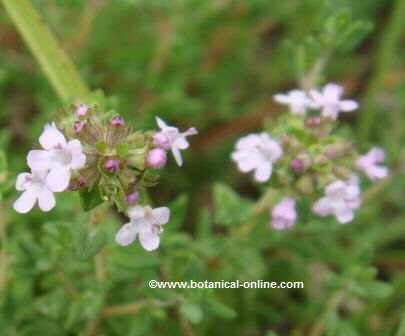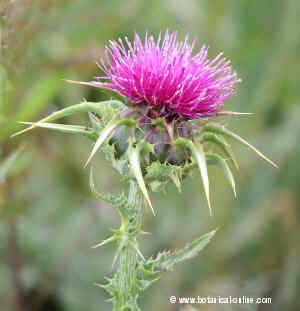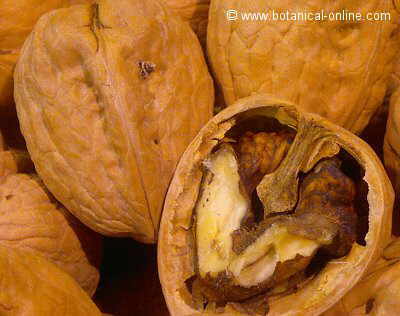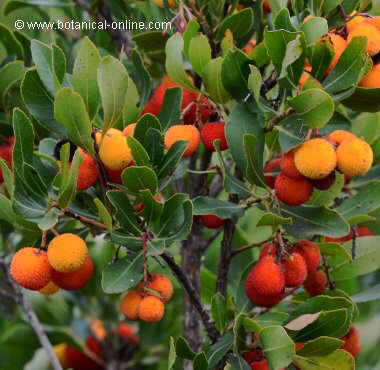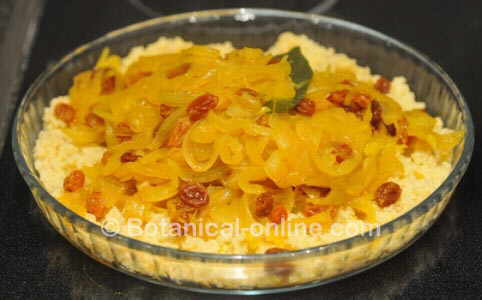Contents
- 1 Benefits of safflower
- 1.1 Safflower, a plant for infections
- 1.2 Safflower for constipation
- 1.3 Safflower as a nematicide
- 1.4 Safflower for cholesterol
- 1.5 Safflower for weight loss
- 1.6 Safflower for arteriosclerosis
- 1.7 Other medicinal properties of safflower
- 1.8 Safflower as food
- 1.9 Dosage: Dose and way of taking safflower
- 1.10 Is safflower a safe product?
Benefits of safflower
Safflower, a plant for infections
Safflower (Carthamus tinctorius) is a plant of Mediterranean origin that has been used for centuries in Europe, the Middle East and North Africa.
Among all its possible uses, we must highlight safflower as a very suitable plant for infections, which has been used as a febrifuge and diaphoretic (to stimulate sweating).
Safflower flowers, red or orange, contain various glycosidic pigments, among which is carthamine. These flowers are diaphoretic and diuretic, and are used to treat flu, colds, and feverish conditions, to promote sweating (Decoction: 20g. of dried flowers in 200ml of water, up to 2 times a day).
Safflower for constipation
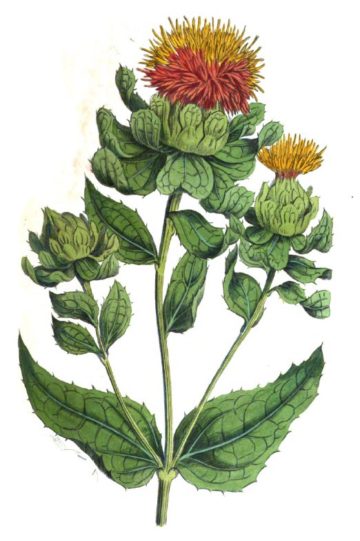
Safflower can be considered an efficient purgative: the seeds of the plant contain a large amount of oil, and can be used to extract safflower oil. Both the seeds and the oil extracted from them have a purging effect.
The seeds, and the oil that is extracted from them, contain linoleic and oleic acids, and in lesser amounts, palmitic and stearic acids. It also contains conjugated linoleic acid (CLA).
These properties are well known since ancient times. In fact, safflower owes its name to the Greek denomination karthaípo, meaning purge.
These purgative properties can be used as a remedy for occasional constipation. (Take 1 tablespoon (10-15ml.) safflower oil on an empty stomach).
Safflower as a nematicide
The leaves of the plant contain effective components to treat intestinal worms.
Safflower for cholesterol
Safflower oil is rich in unsaturated fatty acids, and can help reduce blood cholesterol.
The use of this oil is especially recommended for people with very rich diets in carnivorous foods, rich in saturated fats and cholesterol, such as sausages, red meat and butter.
However, it is possible that the strong taste displeases some, so it is important to note that a cholesterol diet allows the use of other equally healthy oils. Among them, we highlight: corn germ oil, soybean oil, grape oil, wheat germ oil.
* More information: Diet for cholesterol.
Safflower for weight loss
Because of its content in conjugated linoleic acid (CLA), safflower oil is also used in weight loss diets to regulate appetite. * More information: Safflower oil for weight loss.
Safflower for arteriosclerosis
Due to the richness of unsaturated fats in safflower oil, it is indicated to help prevent hardening of the arteries and treat arteriosclerosis.
Other medicinal properties of safflower
- Antioxidant: Safflower leaves have been studied for their high flavonoid content, which makes this vegetable a source of natural antioxidants. This type of vegetable was consumed in some rural areas in ancient times, although its current consumption is limited to the areas where it is grown.
- Dysmenorrhea: the decoction of safflower flowers and seeds is an emmenagogue remedy against lack of menstruation and against menstrual pain, favors the flow of the period, has an anti-inflammatory effect and is slightly sedative, due to its content in caryophyllene and limonene. It also contains tracheloside, a lignan glycoside with antiestrogenic effect (Decoction of 15g. of safflower flowers and 5g. of seeds in 500ml. of water, up to 3 times a day).
Safflower as food
- Its flowers are used in stews and in food or vegetable dishes. They are rich in mucilage, add flavor and color to the plants, being an archaic substitute for saffron.
- The upper leaves of the plant are cooked like spinach. They are a good source of fiber, and also have laxative properties. This delicacy is consumed mostly in Pakistan. Before harvesting the leaves, ensure that the plant has not been contaminated by pesticides, herbicides, animals, etc.
- The seeds are roasted and edible, although in small quantities (due to their purgative effect).
- The oil is used in food, preferably raw for dressing, and in small quantities. For example, in Japan they use it to cook tempura (breaded vegetables), although the use of this oil in fried foods is not recommended.
Dosage: Dose and way of taking safflower
– Decoction: flowers are used. 20g decoction of dried flowers in 200ml. of water. Up to 2 cups a day. Indicated in febrile states. Contraindicated in pregnancy.
– Oil: 1 tablespoon (10-15g.) It must be taken on an empty stomach. Indicated as a purgative remedy and for constipation. To prevent arteriosclerosis and help lower cholesterol.
Is safflower a safe product?
The flowers have abortive effect. Safflower has a number of important contraindications, among which its interaction with medications for hypertension, anticoagulants or thrombosis drugs stands out. See Safflower contraindications in the listing below.
![]() More information on safflower and safflower oil
More information on safflower and safflower oil


